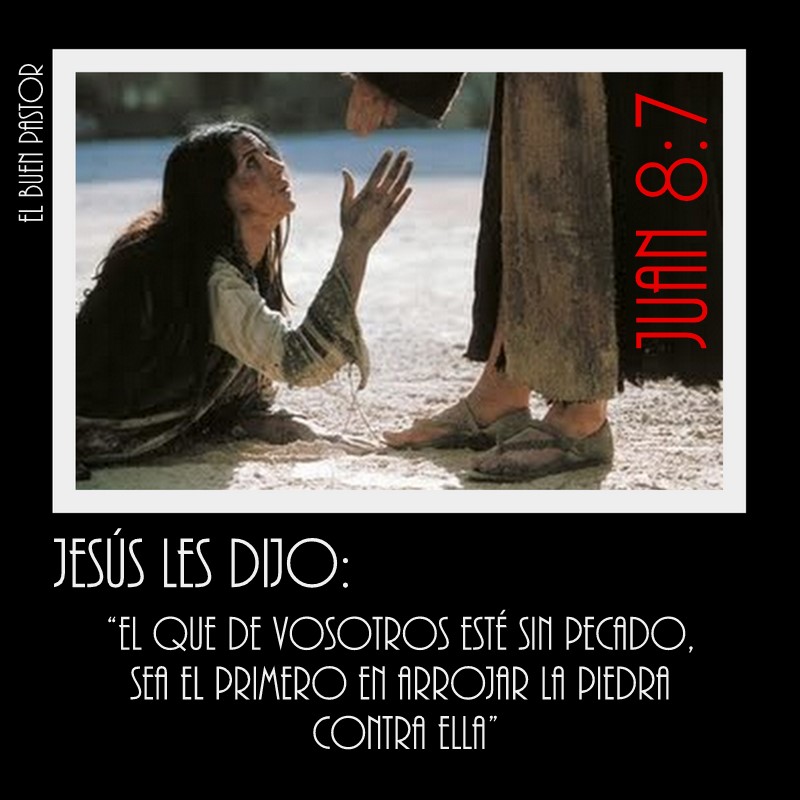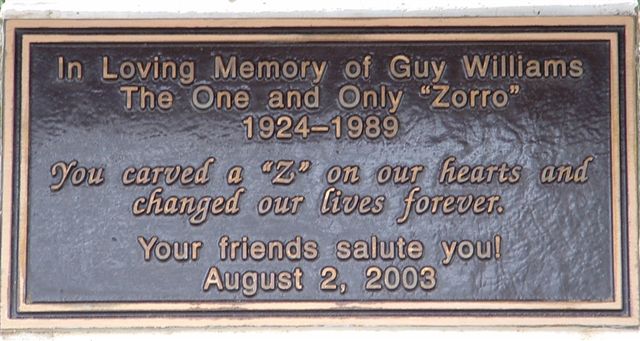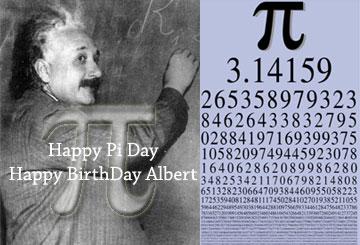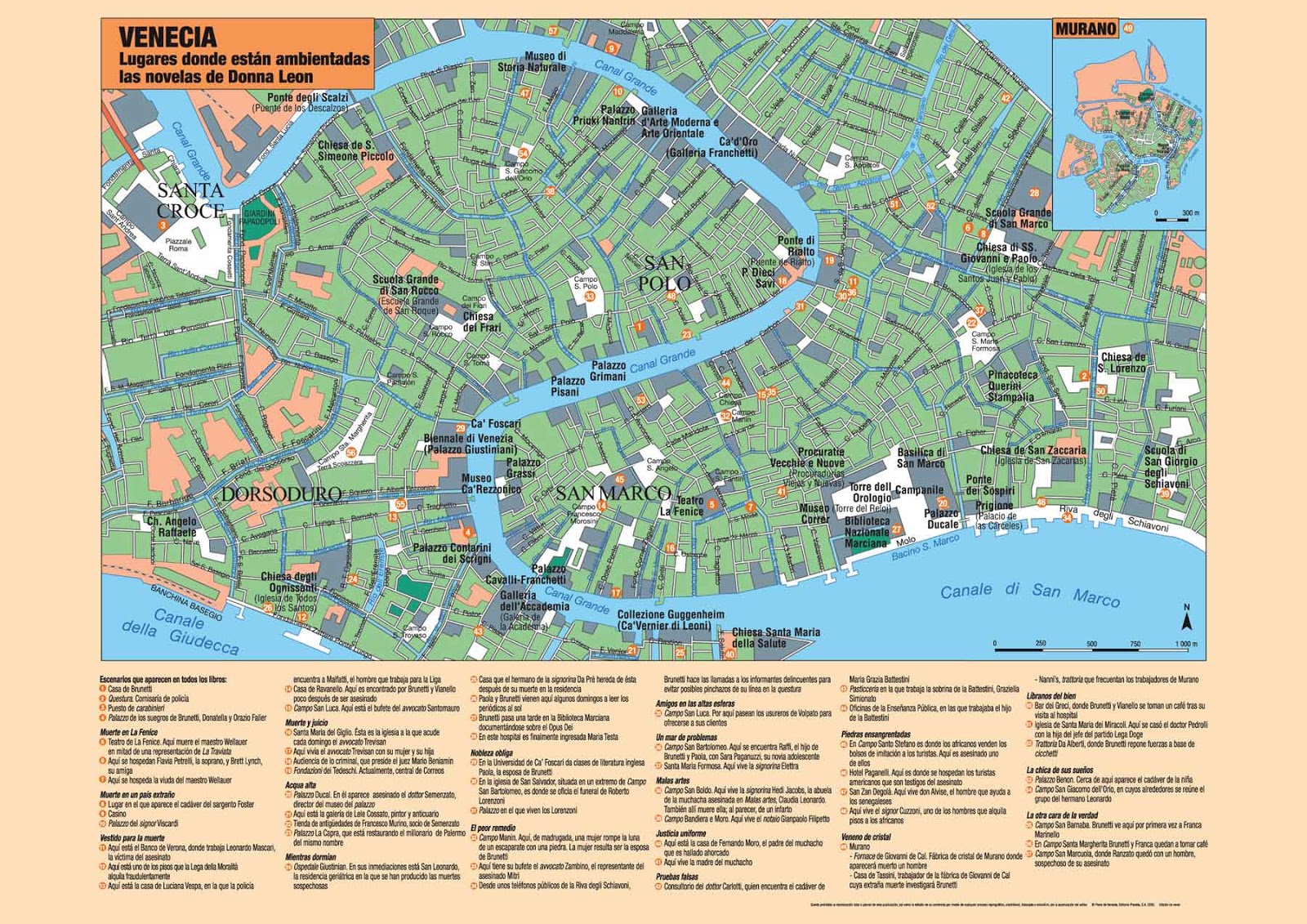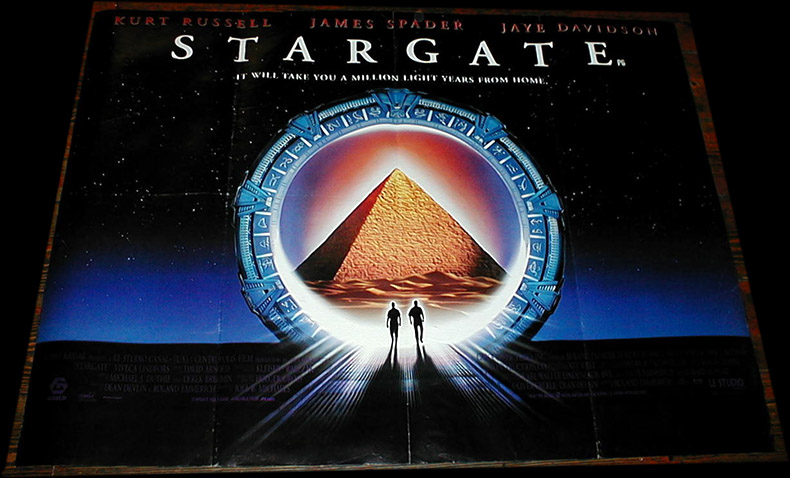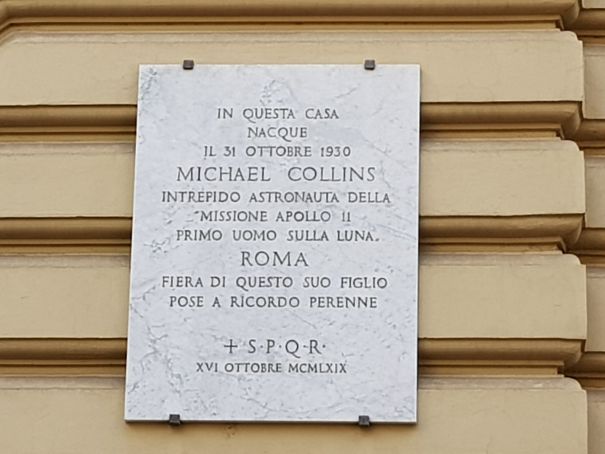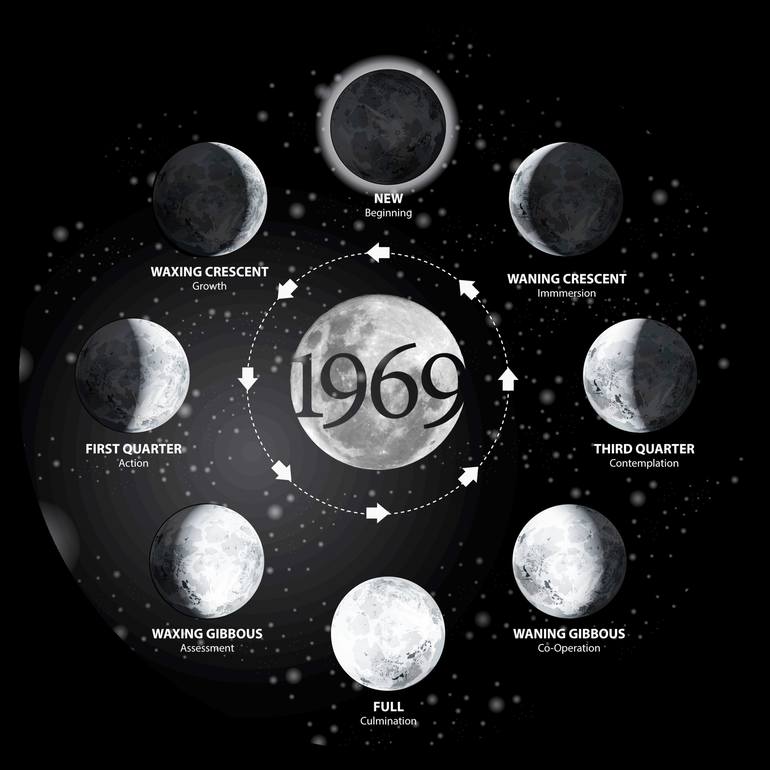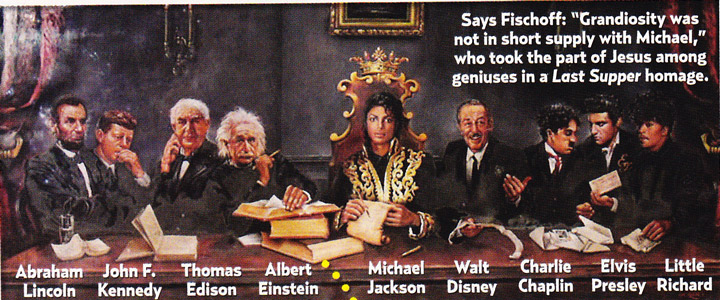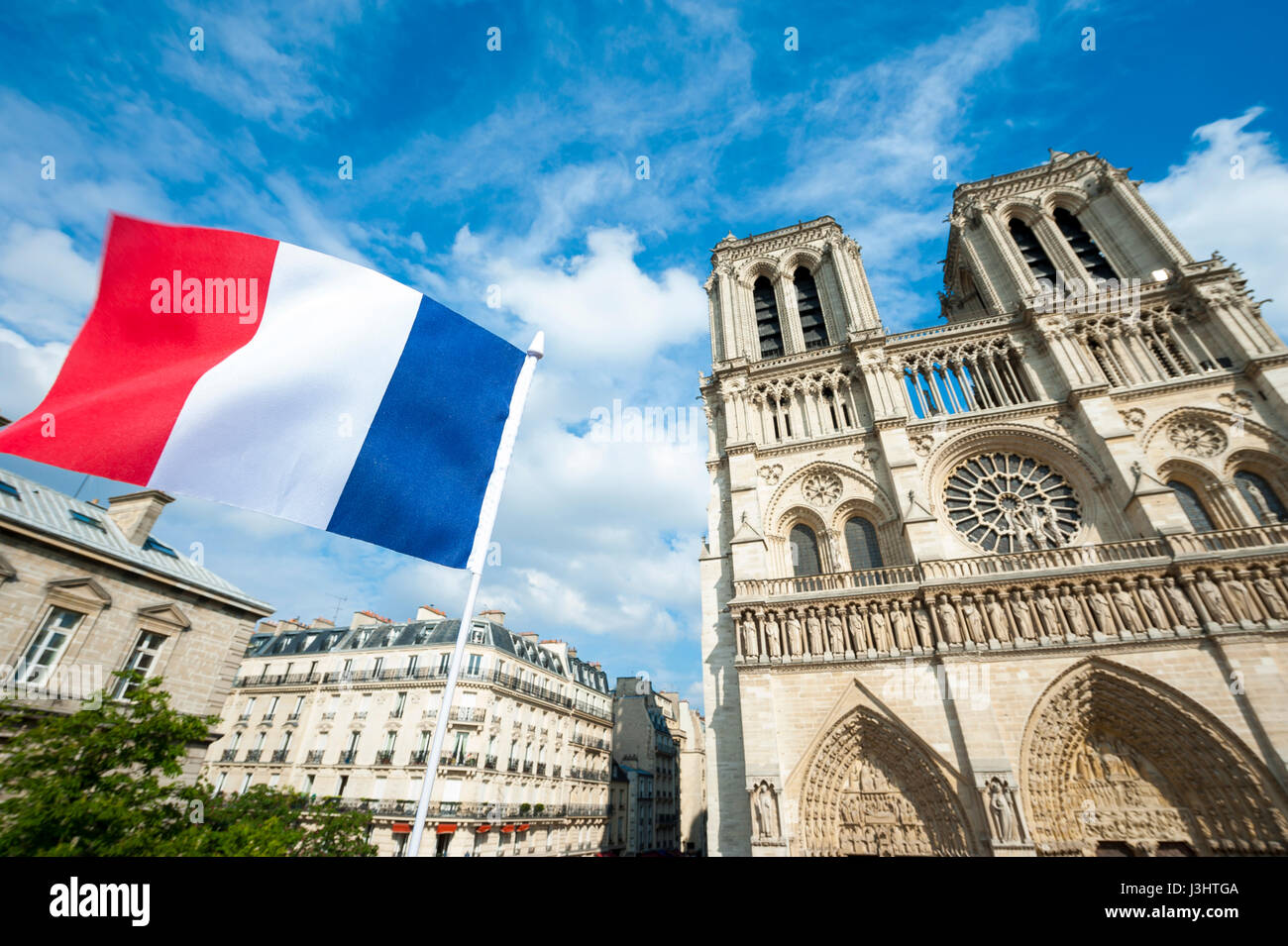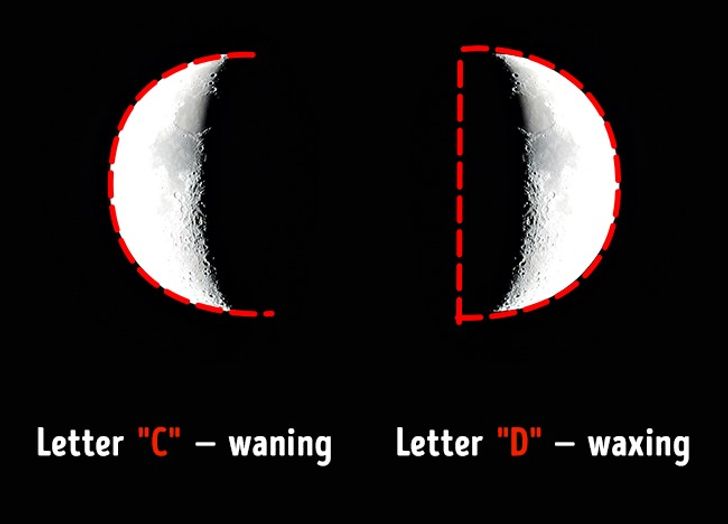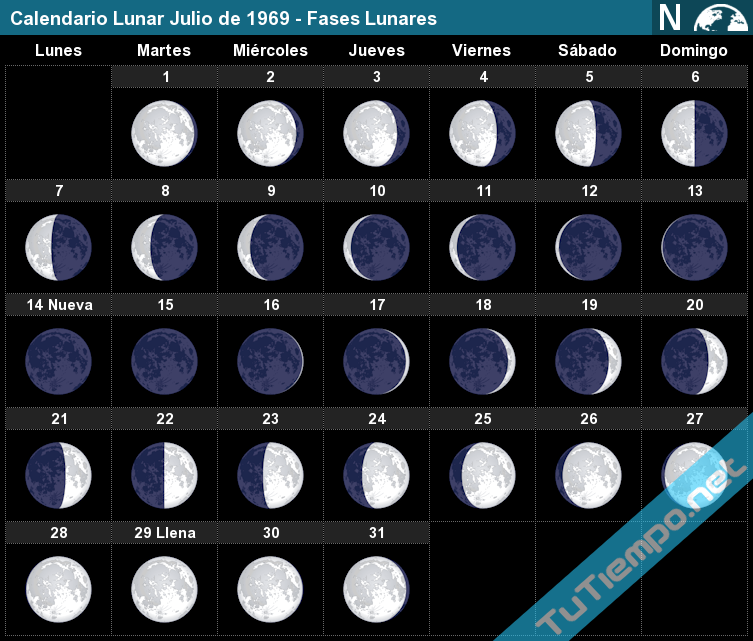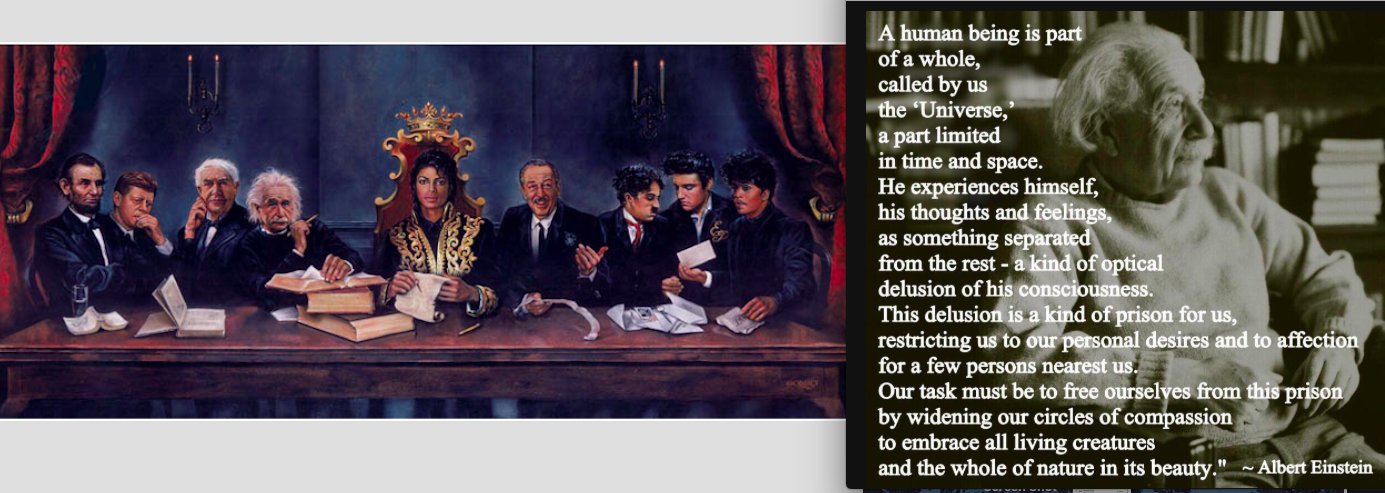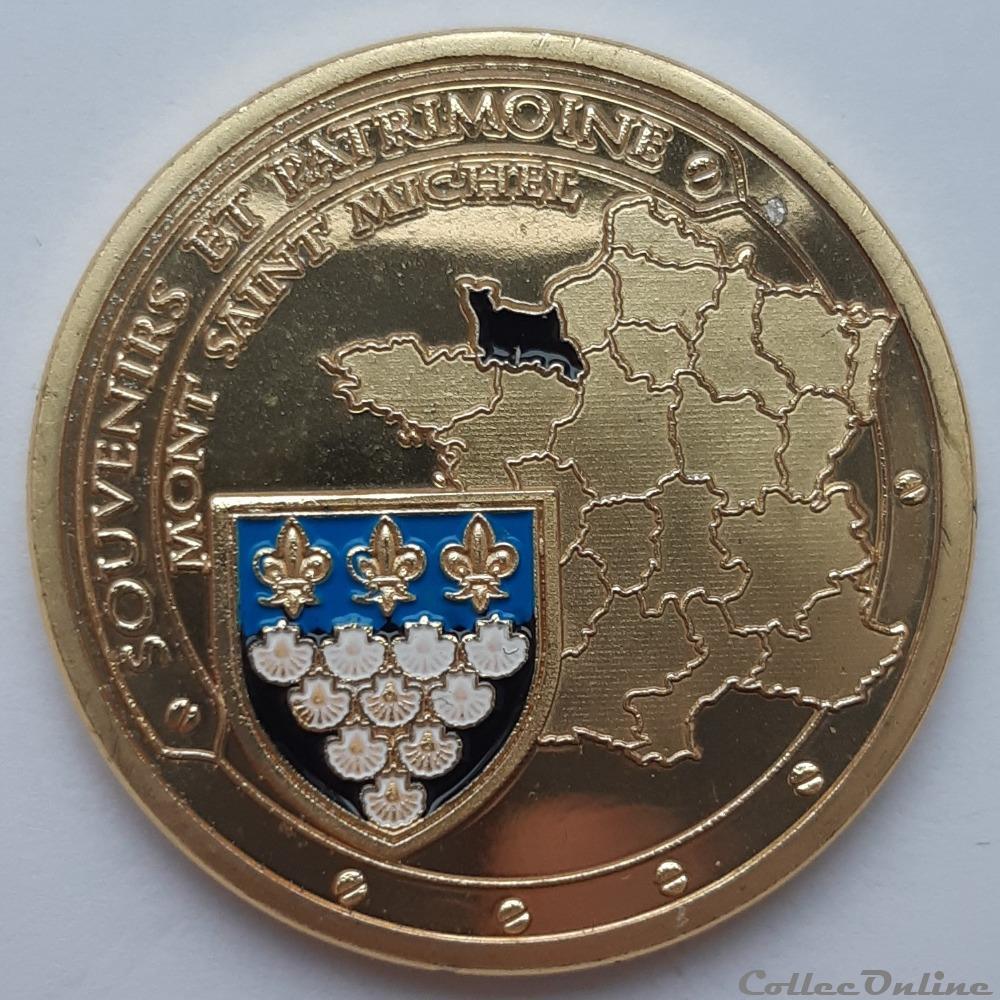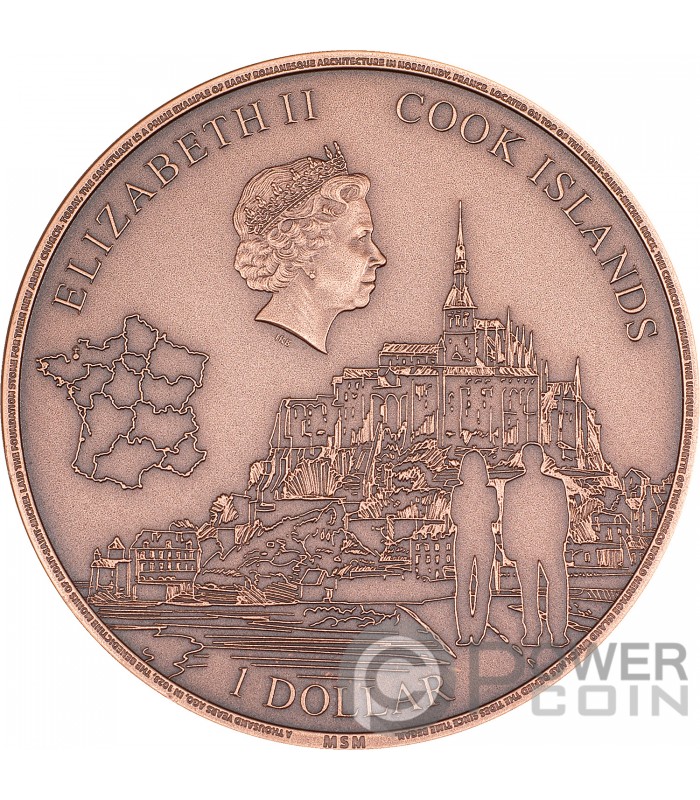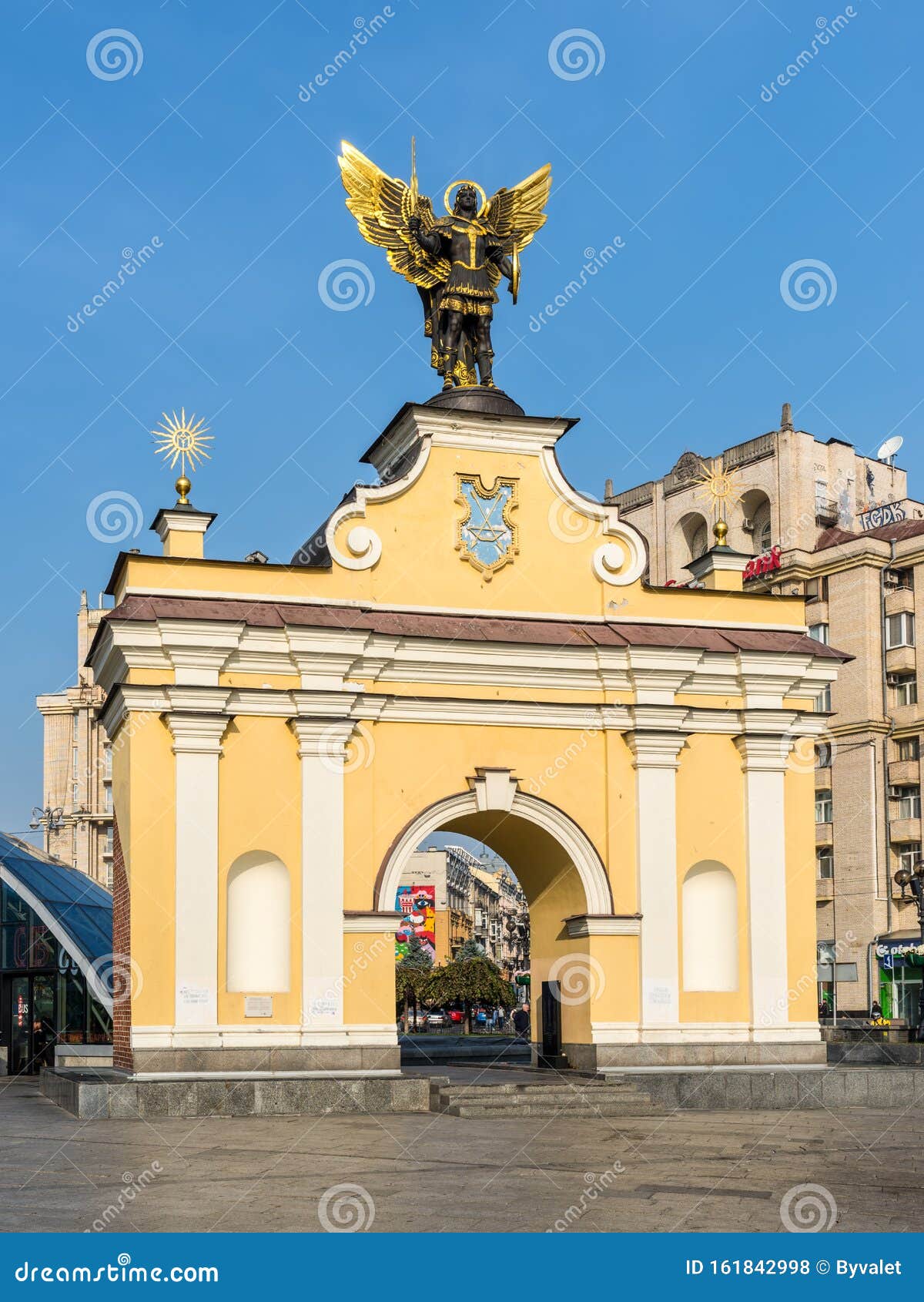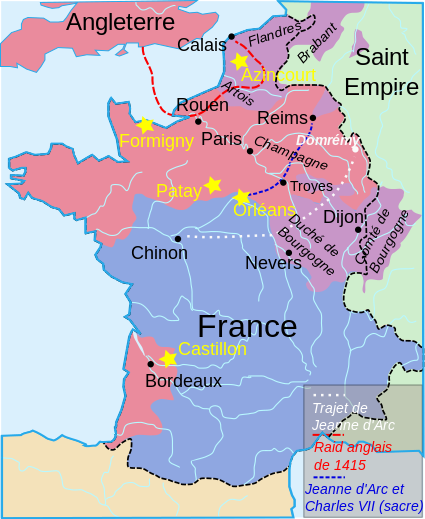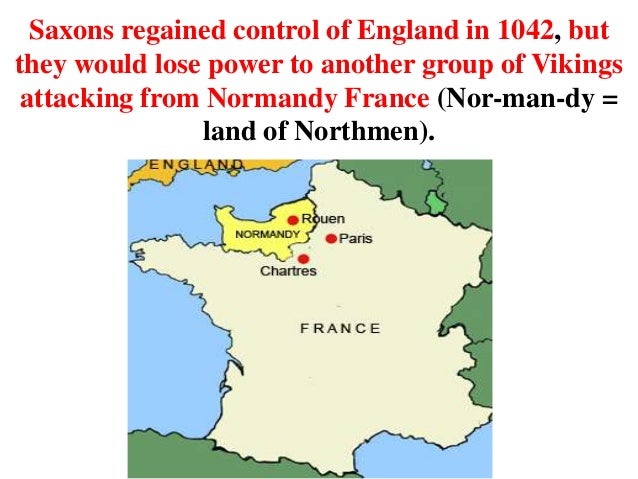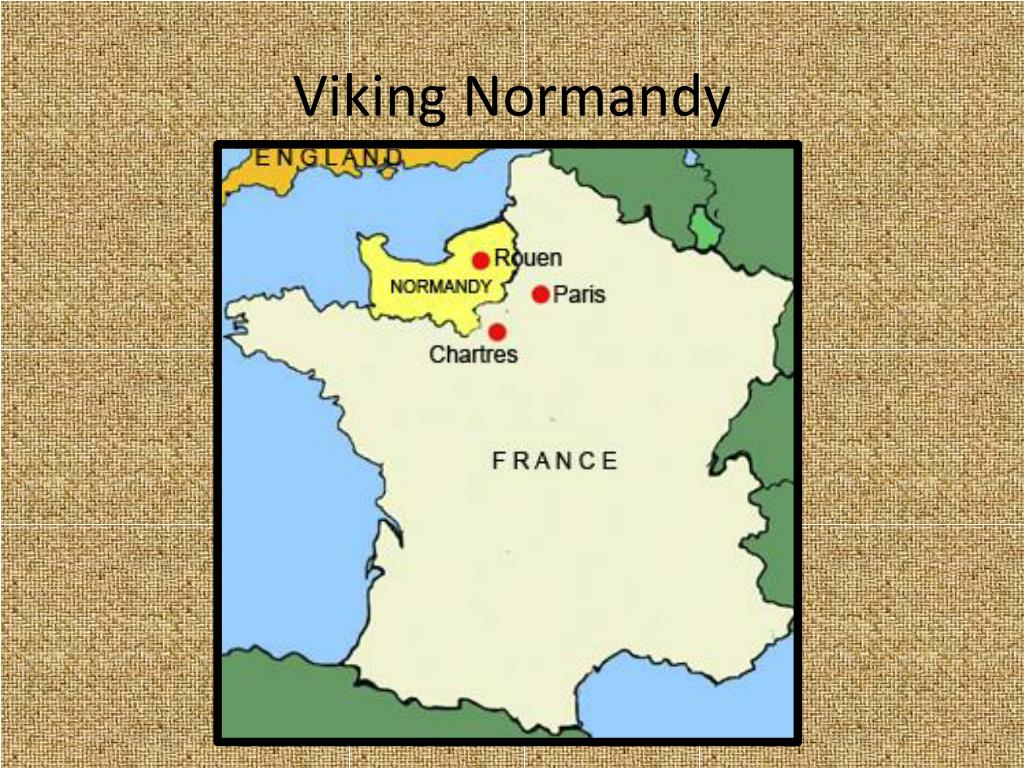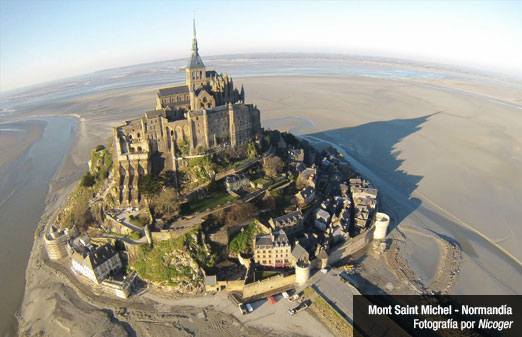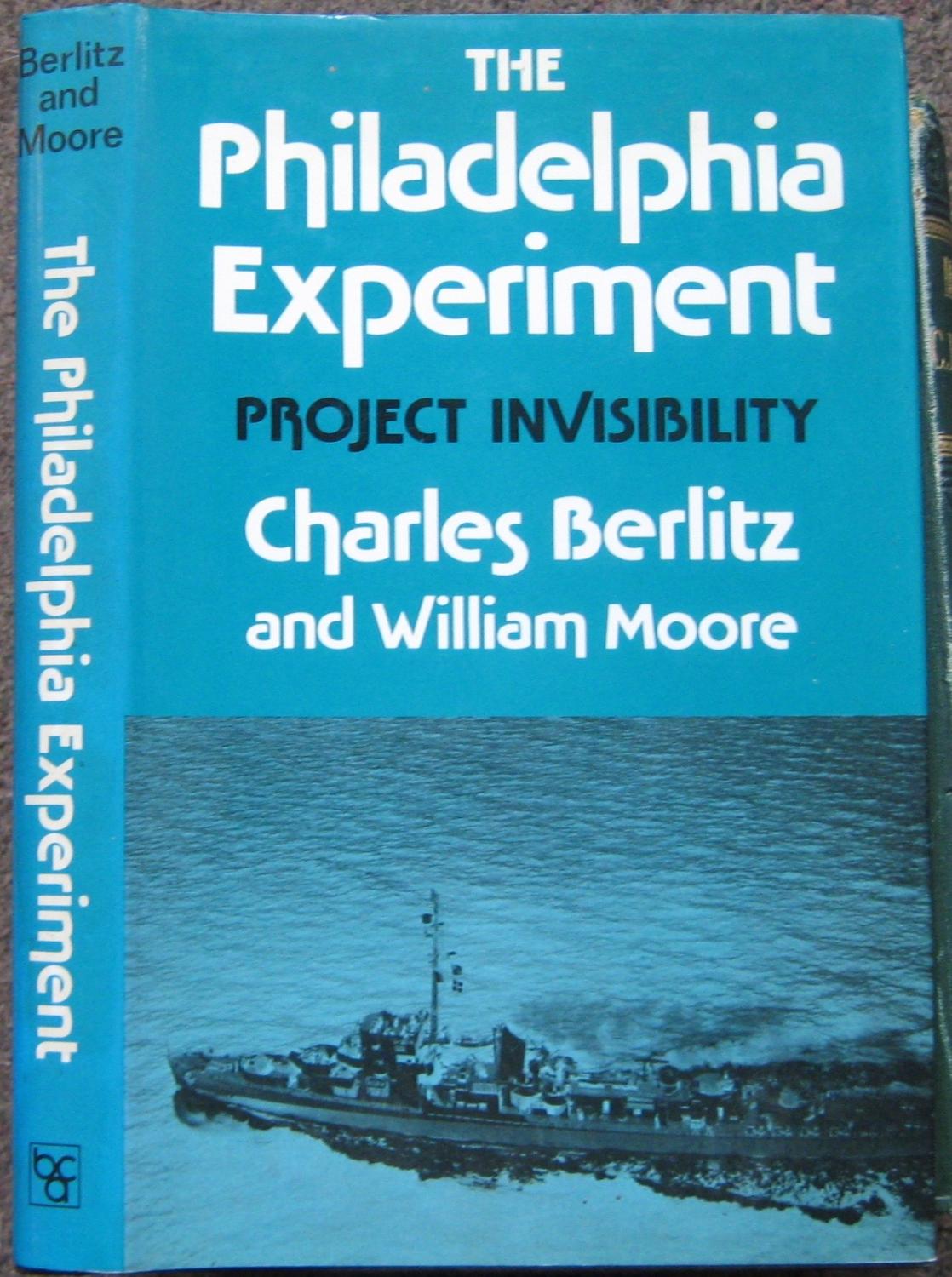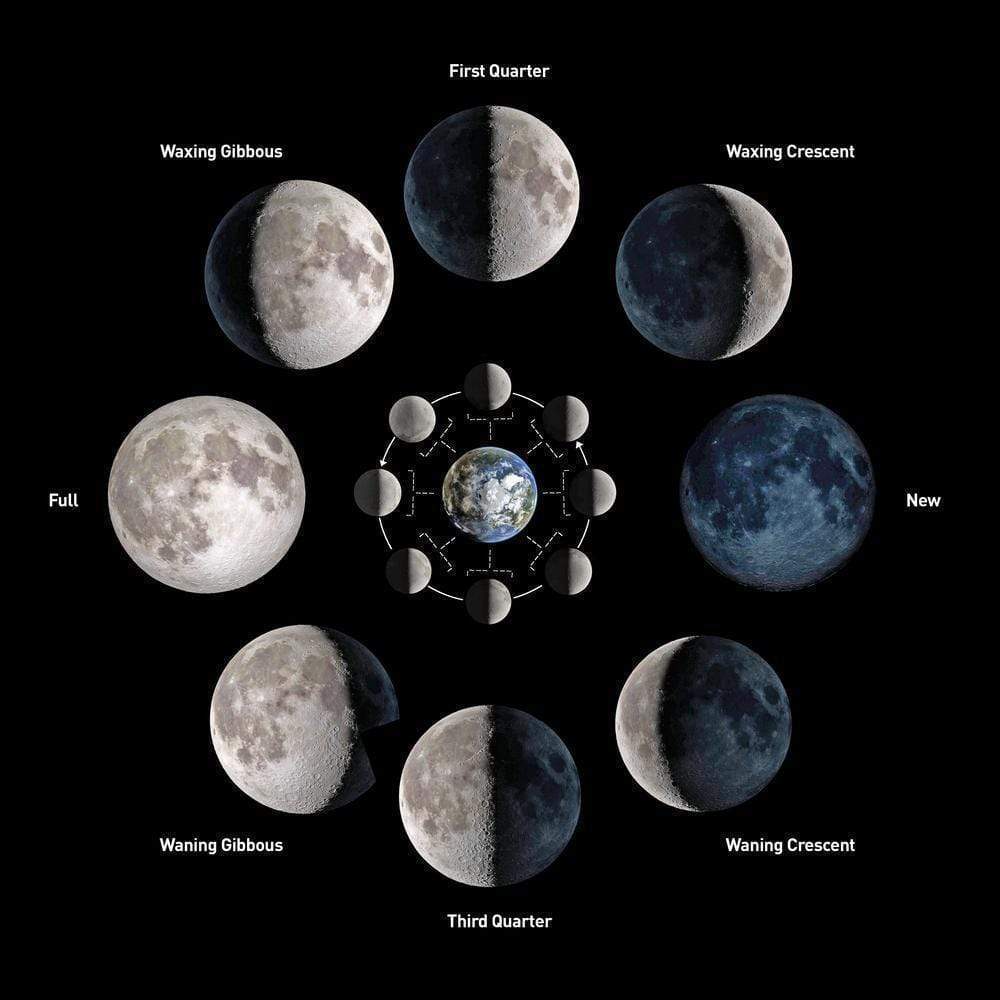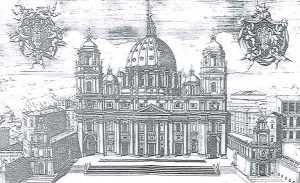St. Peter’s square https://roma-bella.com/tours/vatican-city/ is undoubtedly one of the most outstanding architectural spaces in Rome. But this astonishing square, as most of the historical sites of the eternal city, “was not built in one day”. Not because its construction lasted 11 years (1656-1667) but because the square is the result of centuries of changes, additions, transformations to the original IV century basilica that in the XVI century had become a chaotic entrance to the Basilica dedicated to the first Pope of Rome: St. Peter.
 In this first 1577 engrave created by the artist Lefrery you can appreciate that the Constantinian basilica (IV century) façade, after centuries of transformations had become an addition of different buildings, hights and styles. In the background is appearing a round volume: is the new St. Peter’s Basilica created by Bramante in the XVI century, conceived with a dome.
In this first 1577 engrave created by the artist Lefrery you can appreciate that the Constantinian basilica (IV century) façade, after centuries of transformations had become an addition of different buildings, hights and styles. In the background is appearing a round volume: is the new St. Peter’s Basilica created by Bramante in the XVI century, conceived with a dome.  On this second 1588-90 engrave by Cesare Nebbia, there is an Egyptian obelisk that creates a certain order in the chaotic space. This obelisk is part of wide urban plan created in Rome by Pope Sixtus V’s architect: Domenico Fontana.
On this second 1588-90 engrave by Cesare Nebbia, there is an Egyptian obelisk that creates a certain order in the chaotic space. This obelisk is part of wide urban plan created in Rome by Pope Sixtus V’s architect: Domenico Fontana.
With the Council of Trent (1545-1563) who produced the counter reform within the catholic church, many new rules were issued, including the artistic ones: the new churches had to transform their layout into the shape of the Latin cross. St. Peter’s basilica who have had a Greek cross layout was extended under Carlo Maderno’s new project. The new façade as a unity was inaugurated in 1612, without the 2 belfries, built some years later (1640) but then demolished.
The breakthrough arrived with the master Gian Lorenzo Bernini who crowned St. Peter’s Basilica with this brilliant creation. He was able to unify all the different inputs around the Basilica: arrival, Papal palace entrance, basilica entrance, proportion, human scale. St. Peter’s square protects and connects the devoted visitors with the Dome, symbol of the kingdom of heaven. The two colonnades are the arms of the church embracing the faithful in an endless gesture of love.
In yellow all the buildings that were demolished to create the square.
Nolli’s plan created in 1748 showing the square before the fascist government intervention to create Via della Conciliazione.





